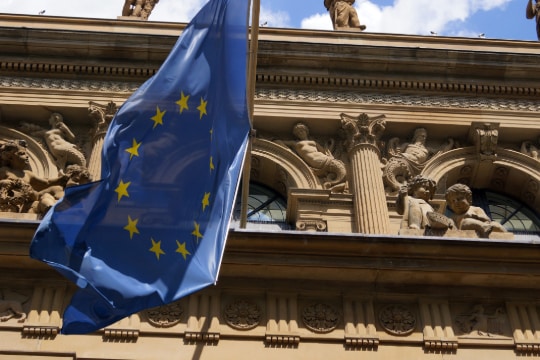What are the best European stocks to buy?
The US and European markets have diverged dramatically this year. In Europe, value stocks—companies which appear underpriced—have outperformed. In the US, growth stocks—companies that are expected to grow faster than the rest of the market—have dominated (and tech companies especially).
Similarly, the US stock market has become more concentrated, whereas concentration is fading in Europe. And small companies are outperforming on Europe’s stock market, even as they underperform in the US.
This divergence is explained by the factors driving the expansion of large, listed growth companies in Europe. Since the Global Financial Crisis of 2007-2008, the European stocks with the best profit growth have been either companies with US dollar earnings (benefitting from US economic growth, high drug prices, and a strengthening dollar) or China-exposed stocks benefitting from strong GDP growth in China.
Now, these forces have shifted, and in some cases even reversed. “The dollar is falling, US growth is slowing, trade barriers have risen, and the Trump administration is pushing for lower US drug prices,” Bell writes.
Meanwhile, China’s relationship with Europe has pivoted away from that of a high-growth market to sell into and towards that of a major competitor that is creating deflation for the region.
“We don’t see these as near-term themes that will fade, but medium- to longer-term changes that Europe must grapple with,” Bell writes in the team’s report. Given these pressures, the team doesn’t expect growth or quality stocks to overtake value stocks.
Goldman Sachs Research suggests diversifying portfolios across various styles and factors, with a preference for cyclicals. Cyclical stocks generally perform well during periods of economic growth. Within cyclicals, the team favors banks, technology, and retailers. It expects autos, chemicals, and commodity producers to underperform.
The team also expects a supportive environment for smaller companies this year given their above-consensus view on economic growth, a strong backdrop for mergers and acquisitions, and expectations for the euro to strengthen further against the dollar, which tends to hurt large international companies.
“The caveat is that the pace of growth, while improving, is still lackluster and, outside Germany, fiscal constraints and sovereign risks still apply, as we have seen most recently in France,” Bell writes.
This article is being provided for educational purposes only. The information contained in this article does not constitute a recommendation from any Goldman Sachs entity to the recipient, and Goldman Sachs is not providing any financial, economic, legal, investment, accounting, or tax advice through this article or to its recipient. Neither Goldman Sachs nor any of its affiliates makes any representation or warranty, express or implied, as to the accuracy or completeness of the statements or any information contained in this article and any liability therefore (including in respect of direct, indirect, or consequential loss or damage) is expressly disclaimed.
